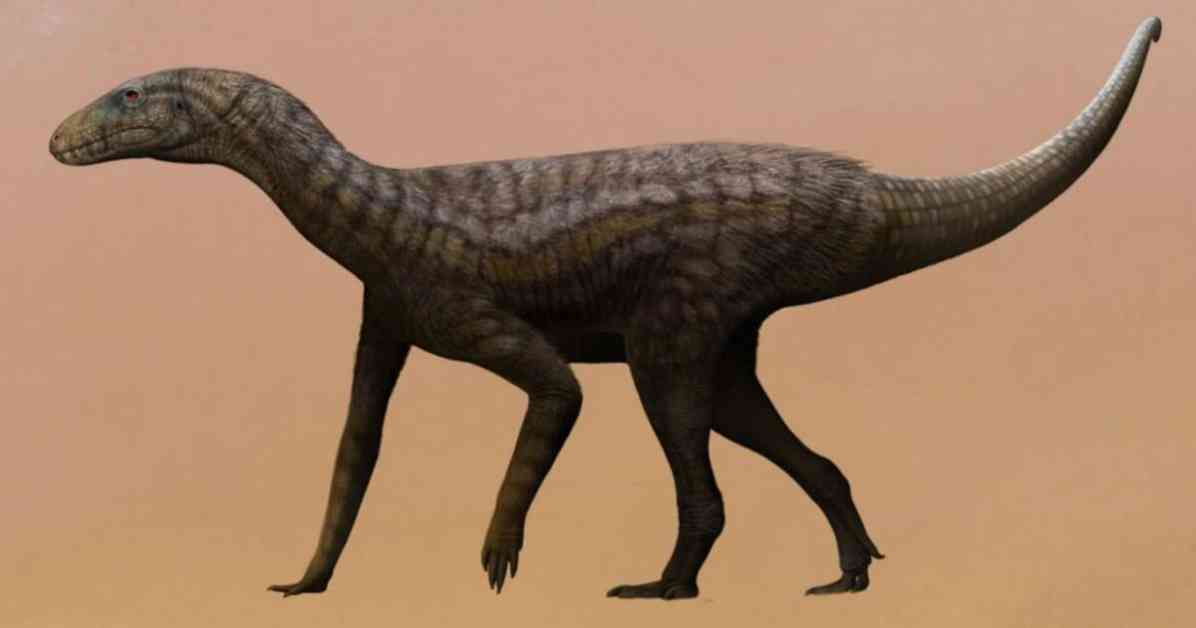Scientists in Brazil have made a groundbreaking discovery with one of the oldest dinosaur fossils ever found. The fossil, believed to be 237 million years old, can provide new insights into the evolution of dinosaurs from their early ancestors.
The newly discovered reptile species, named Gondwanax paraisensis, is about the size of a small dog, measuring around a meter in length and weighing between three to six kilograms. The name Gondwanax refers to the Gondwana landmass, while paraisensis is in honor of the town where it was found.
This ancient reptile lived in what is now southern Brazil, during a time when the Earth was much hotter than it is today. It belongs to a group of reptiles called silesaurids, which have long been debated as to whether they were dinosaurs or predecessors to dinosaurs.
The fossil remains of Gondwanax paraisensis were discovered in a rock layer dating back to the Triassic period, between 252 million and 201 million years ago. This period saw the rise of various reptiles, amphibians, and early mammals on Earth.
The discovery of this ancient fossil was made possible by physician Pedro Lucas Porcela Aurelio, who found the remains in 2014. After holding onto the fossil for several years, it was donated to a local university in 2021, leading to three years of research by a team of paleontologists.
Rodrigo Temp Müller, a paleontologist involved in the research, highlighted the significance of the discovery’s age in understanding the evolution of dinosaurs. The findings were published in the scientific journal Gondwana Research, shedding new light on the origins of these prehistoric creatures.
The importance of this discovery lies in its ability to provide clues about how dinosaurs emerged and evolved over millions of years. The detailed analysis of the Gondwanax paraisensis fossil will deepen our understanding of the ancient world and the creatures that roamed the Earth during that time.













